Last night Macduff and I were moaning about the lack of culture on the island when the cocktail waitress at the Lodge bar overheard us and said if we wanted to find authentic Hawaiian culture, we should head down to the Hale Ahe Ahe Lounge at the Manele Bay Resort. There’s a torch lighting ceremony at dusk, she said, and, even better, live authentic Hawaiian music in the lounge. So lickety-split we fired down Manele Road, through the heart of what used to be the pineapple plantation.
We got to the resort, overlooking the jaw-dropping beauty of Hulopoe Bay, half an hour or so before sundown. In the lobby, a guy was softly playing the ukulele while a small, dark-haired beauty did a slow, graceful hula. I think Macduff was smitten. By the girl, not the ukulele player.
“The light!” he whispered to me. “The light!”
Yes, of course. The goddamn light. He wanted to shoot her. Not in the lobby, of course. That would be too easy. No, he wanted to take her across the bay to the volcanic rock outcropping known as Pu’u Pehe—Sweetheart Rock.
Arrangements (involving a wad of bills) were quickly made with the manager of the resort. The three of us then hopped back into the Jeep, abandoning Ukulele Boy, and headed across the bay at breakneck speed in a race against the setting sun.
Once there, our Hula Girl swayed like a palm tree in the sea breeze above the craggy red rocks of the shoreline, telling us the ancient story of Sweetheart Rock while Macduff began shooting her with the sunset as backdrop.
There was a ravishing young princess from Maui, she told us, who was captured by a fine-looking warrior from Lanai. He brought her back to the island to be his wife, but like a lot of guys, he was worried she might have eyes for someone else so he did a really stupid thing: He hid her in a sea cave. Right here at the bottom of the cliff we were standing on. Well, one day the warrior was off doing whatever warriors do and a storm came up. Big wind, big waves. The young princess drowns. Having made a mess of things, the warrior takes her body, climbs the steep rocks where we were standing, and buries her in a tomb. Then, sensibly enough, he jumped off the cliff to his death. End of story.
“But there really is no tomb, right?” Macduff said. “They never found any bones or anything up there, did they?”
“That’s because,” says our Hula Girl, “the gods hid her body.”
“Or maybe the gods brought her and her boyfriend back to life,” I said, “and they moved to a different part of the island. Maybe they’re the ones that painted all the petroglyphs we can’t find. Maybe that’s why we can’t find them. They’re like the bones of the princess.”
Hula Girl smiled at me. “I like that story,” she said. “You must be part Hawaiian.”
If I’m not, perhaps I could work on it.


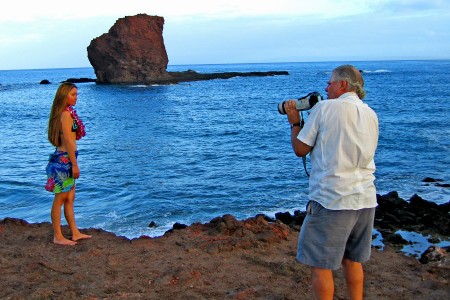


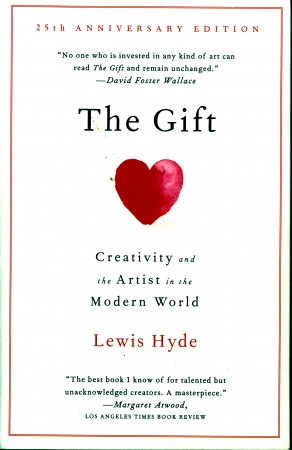
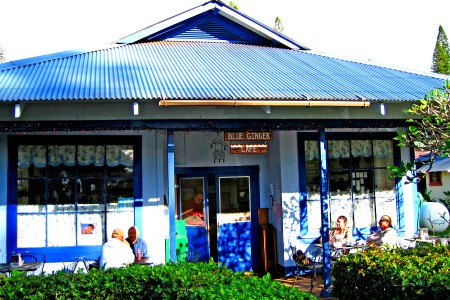

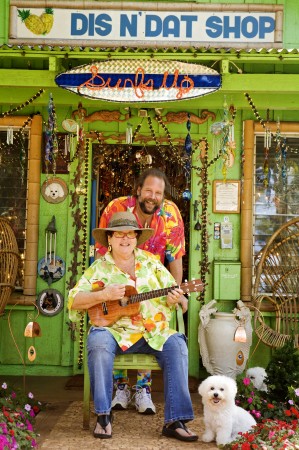
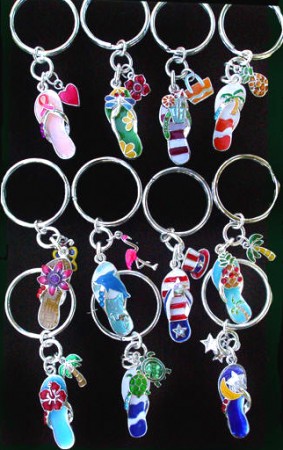
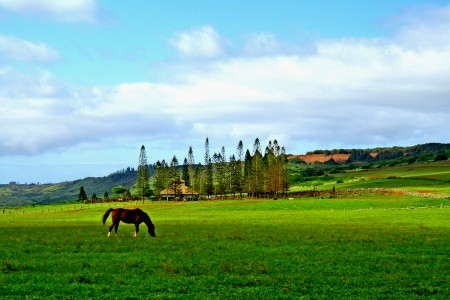
Recent Comments